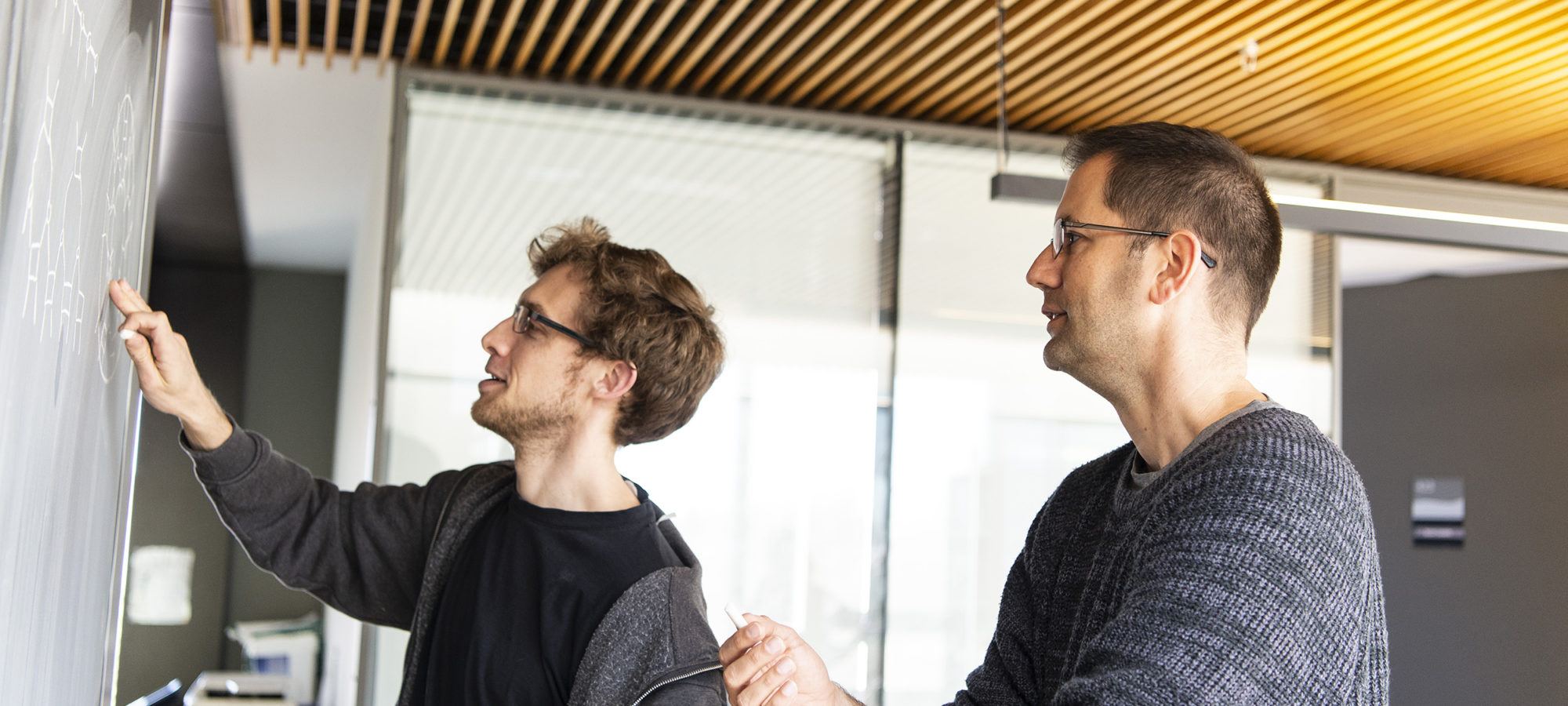MERA and holography – or maybe not
For a decade, physicists have been asking a tantalizing question: could a mathematical tool lifted from condensed matter physics be the unlikely key to a better understanding of holography? Now the answer is at hand – and it’s not what anyone expected.























































































